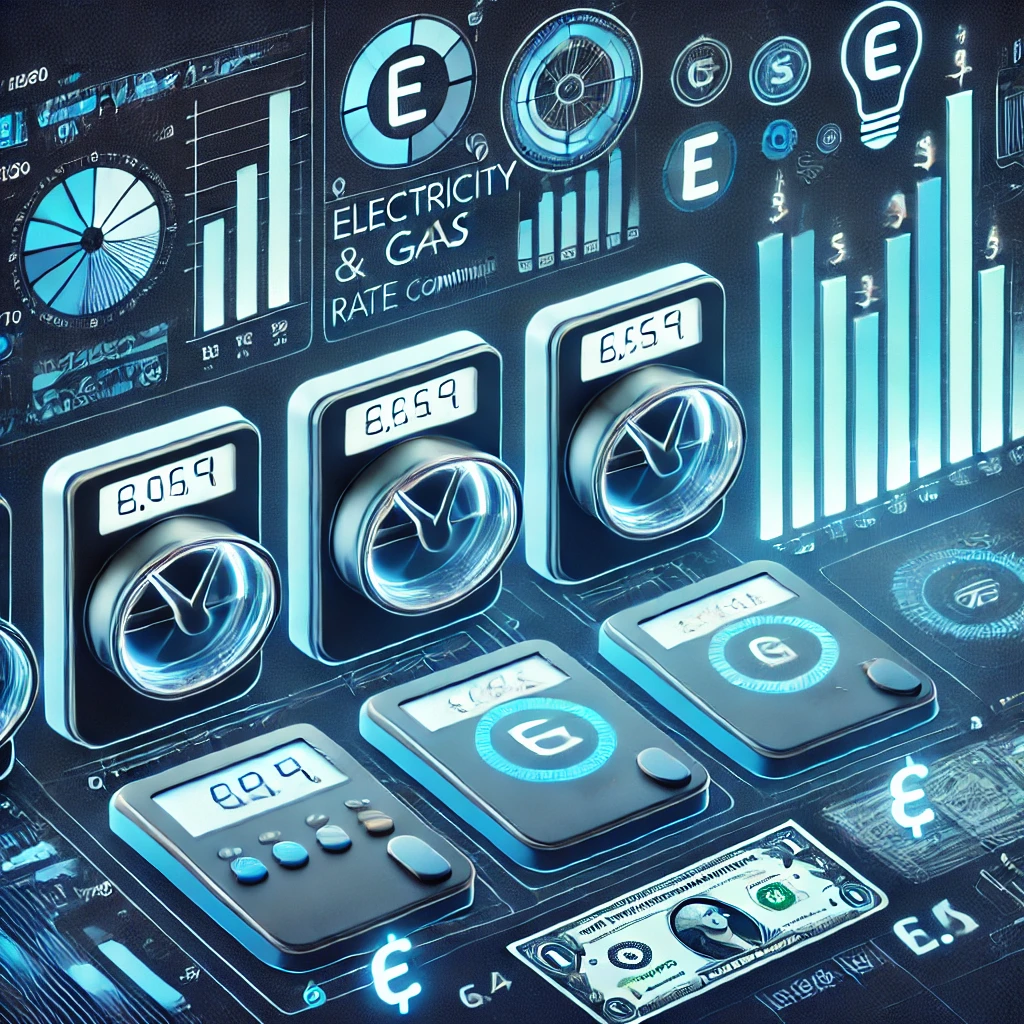
Imagine being able to track every watt of energy your home or business consumes, pinpoint inefficiencies, and save money effortlessly. Sounds ideal, doesn’t it? With advanced monitoring systems, this dream is now a reality.
These cutting-edge tools are revolutionising energy management by offering real-time insights and actionable data to optimise consumption and reduce costs. Whether you’re a homeowner aiming to lower utility bills or a business striving to improve sustainability, this guide will walk you through how advanced monitoring systems work, why they matter, and how they can benefit you.
What Are Advanced Monitoring Systems?
Advanced monitoring systems are innovative tools designed to track, analyse, and manage energy usage in real time. Combining hardware like smart meters and IoT sensors with powerful software platforms, these systems provide a comprehensive view of energy consumption.
Key Features of Advanced Monitoring Systems:
- Real-Time Data Collection and Visualisation: See energy use as it happens.
- Predictive Analytics: Forecast energy needs and prevent inefficiencies.
- Automated Alerts: Get notified of unusual usage or potential equipment failures.
- System Integration: Seamlessly connect with other smart devices for full control.
Think of these systems as fitness trackers for your energy—monitoring your consumption, highlighting inefficiencies, and helping you make smarter decisions.
Why Are Advanced Monitoring Systems Important?
Energy consumption is a significant expense for households and businesses alike. With global energy demand expected to increase by 50% by 2050 (according to the International Energy Agency), efficient energy management has never been more critical.
Benefits of Advanced Monitoring Systems:
- Cost Savings
- Identify wasteful energy practices and reduce utility bills.
- Example: A factory discovers that idle machinery is consuming excessive power and adjusts operations to save costs.
- Sustainability
- Reducing energy waste helps lower carbon emissions, contributing to a greener planet.
- Operational Efficiency
- Businesses can optimise equipment performance, reduce downtime, and extend the lifespan of machinery.
- Compliance
- Stay ahead of energy regulations with accurate, auditable data.
How Do Advanced Monitoring Systems Work?
These systems rely on three key components:
- Data Collection
- Smart meters and IoT-enabled sensors gather real-time data on energy usage from appliances, lighting, and machinery.
- Data Analysis
- Advanced algorithms process the data to detect patterns, anomalies, and inefficiencies.
- Actionable Insights
- Users receive detailed reports, alerts, and recommendations via dashboards or apps.
Example:
- A homeowner gets notified that their HVAC system is using more energy than usual, prompting a maintenance check.
- A business manager uses load-balancing insights to avoid costly peak-demand charges.
Benefits of Advanced Monitoring Systems
1. Real-Time Visibility
Understand your energy usage instantly instead of waiting for monthly bills.
2. Predictive Maintenance
Detect irregularities in energy consumption and address potential equipment failures before they escalate.
3. Customisable Alerts
Set thresholds for energy use and get notified when these limits are exceeded.
4. Renewable Energy Integration
For solar or wind power users, advanced systems can help optimise energy storage and usage.
Common Challenges and How to Overcome Them
1. High Initial Costs
Challenge: Advanced systems can be expensive upfront, especially for businesses.
Solution: Look for government rebates or financing options. The long-term savings typically outweigh the initial investment.
2. Data Overload
Challenge: Too much data can feel overwhelming.
Solution: Focus on key metrics that align with your goals. Use built-in analytics tools to simplify decision-making.
3. Integration Issues
Challenge: Not all systems are compatible with existing infrastructure.
Solution: Research systems that work seamlessly with your setup and consult professionals for smooth installation.
How to Implement Advanced Monitoring Systems
Step 1: Assess Your Needs
Define your energy goals: reducing costs, improving sustainability, or enhancing efficiency.
Step 2: Choose the Right System
Select a system that aligns with your goals and budget. Look for features like scalability, easy-to-use interfaces, and robust customer support.
Step 3: Install and Configure
Work with professionals to ensure proper installation and calibration of hardware and software.
Step 4: Train Your Team
Educate employees or family members on using the system and interpreting the data.
Step 5: Monitor and Optimise
Regularly review insights from the system to make adjustments and identify new opportunities for savings.
Real-Life Examples of Savings Optimisation
Residential Use:
A family in California used an advanced monitoring system to discover their pool pump was running 24/7. By adjusting the schedule, they saved $500 annually.
Commercial Use:
A retail chain in the UK found that lighting accounted for 40% of their energy bill. By switching to LED lighting, they saved £20,000 per year.
Industrial Use:
A manufacturing plant in Germany reduced energy consumption by 15% through predictive maintenance and load balancing using an advanced monitoring system.
Conclusion
Advanced monitoring systems are more than just a tech trend—they are a practical and powerful solution for optimising energy use and achieving significant savings. By providing real-time insights, predictive analytics, and actionable recommendations, these systems empower individuals and businesses to take control of their energy consumption.
Whether you’re a homeowner looking to lower utility bills or a business seeking to enhance operational efficiency and sustainability, advanced monitoring systems offer a pathway to success.
So, what are you waiting for? Start exploring advanced monitoring systems today and take the first step toward a more energy-efficient future.
